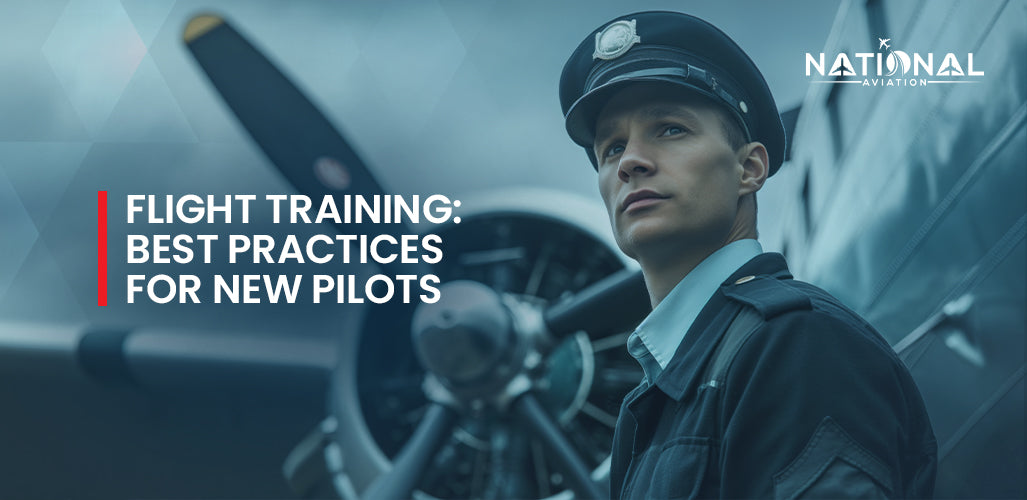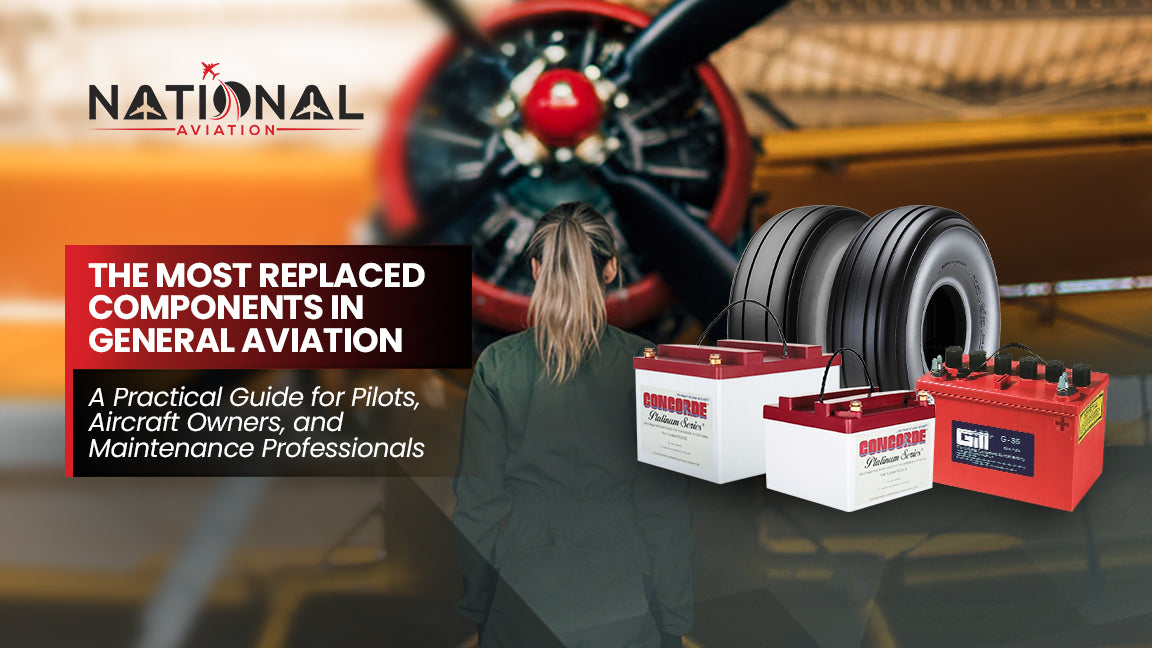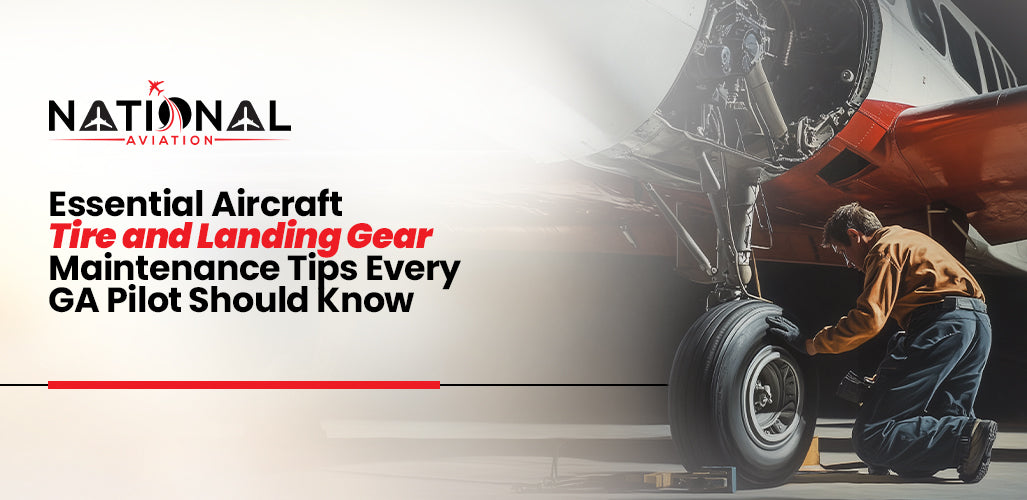Embarking on the journey to become a pilot is an exciting endeavor filled with learning and growth. As a new pilot, understanding best practices in flight training is crucial for ensuring safety and proficiency in the air. Here, we explore essential tips and strategies to help you navigate your training successfully.
Understanding Flight Training
Flight training is a comprehensive process that prepares aspiring pilots to operate aircraft safely and effectively. To begin your journey, enroll in a reputable flight school to obtain a Private Pilot License (PPL) or other advanced ratings.
Best Practices for New Pilots
-
Choose the Right Flight School
Selecting the right flight school is one of the most important decisions you’ll make as a new pilot. Research various programs and their curriculums. Look for schools with experienced instructors, modern aircraft, and positive reviews from former students. You can find valuable resources online to compare flight training programs in the USA and Canada, ensuring you make an informed choice. -
Engage in Ground School
Ground school is an integral part of flight training that covers essential theory, including aerodynamics, navigation, weather, and regulations. This foundational knowledge will complement your flight training, allowing you to make informed decisions in the cockpit. Many flight schools offer ground school classes either in person or online, making it accessible for new pilots. -
Utilize Flight Simulation Training
Flight simulation training can be an effective tool for new pilots. Simulators provide a safe environment to practice maneuvers and procedures without the risks associated with actual flight. Consider using flight simulation software or enrolling in a flight training program that incorporates simulators, enhancing your readiness for real-world flying. -
Develop a Consistent Training Schedule
Consistency is key in flight training. Developing a regular flying schedule will help you retain information and build muscle memory. Aim for frequent lessons, ideally at least two to three times a week, to maintain your skills and knowledge. This approach can significantly reduce the time needed to reach proficiency and prepare for your first solo flight. -
Keep a Pilot Logbook
Maintaining a pilot logbook is crucial for tracking your flight hours, training progress, and experiences. This record is essential for meeting licensing requirements and serves as a valuable tool for self-assessment and reflection on your training journey. Ensure you log every flight, including details about the aircraft, conditions, and maneuvers practiced. -
Focus on Flight Safety
Flight safety should always come first. Develop strong habits by mastering safety protocols, emergency procedures, and pre-flight checks. The FAA recommends using the “IMSAFE” checklist (Illness, Medication, Stress, Alcohol, Fatigue, Emotion) to ensure you’re fit to fly (FAA, 2021). Additionally, applying the “5P” model—Plan, Plane, Pilot, Passengers, Programming—can help you stay aware of potential risks during each stage of flight (FAA, 2020). Practicing emergency scenarios with your instructor builds the quick response skills needed for real situations (AOPA, 2023). These habits will serve you well throughout your aviation journey. -
Seek Feedback and Ask Questions
Don’t hesitate to seek feedback from your instructors and peers. Open communication will help you identify areas for improvement and reinforce your learning. Asking questions demonstrates your commitment to understanding the material and improving your skills. -
Connect with the Aviation Community
Engaging with the aviation community can provide support and resources during your training. Consider joining local pilot associations or online forums where you can share experiences, ask for advice, and connect with other pilots. These connections can be invaluable as you navigate your journey in aviation.
As a new pilot, embracing these best practices in flight training will set a solid foundation for your aviation journey. From selecting the right flight school and participating in ground school to maintaining a logbook and prioritizing safety, each step you take contributes to your success as a pilot. By staying engaged and committed to continuous learning, you will be well-prepared for your first solo flight and beyond.
Need Training Supplies?
National Aviation supports new pilots by offering quality aviation supplies and resources that enhance your training experience. Explore our selection of pilot training materials, including logbooks and training aids, to equip yourself for success in the skies. Ready to elevate your flight training? Shop now at National Aviation for all the supplies you need to soar to new heights!
"Ready to enhance your flight training? Explore National Aviation's range of pilot supplies and training materials to support your journey. Happy flying!




